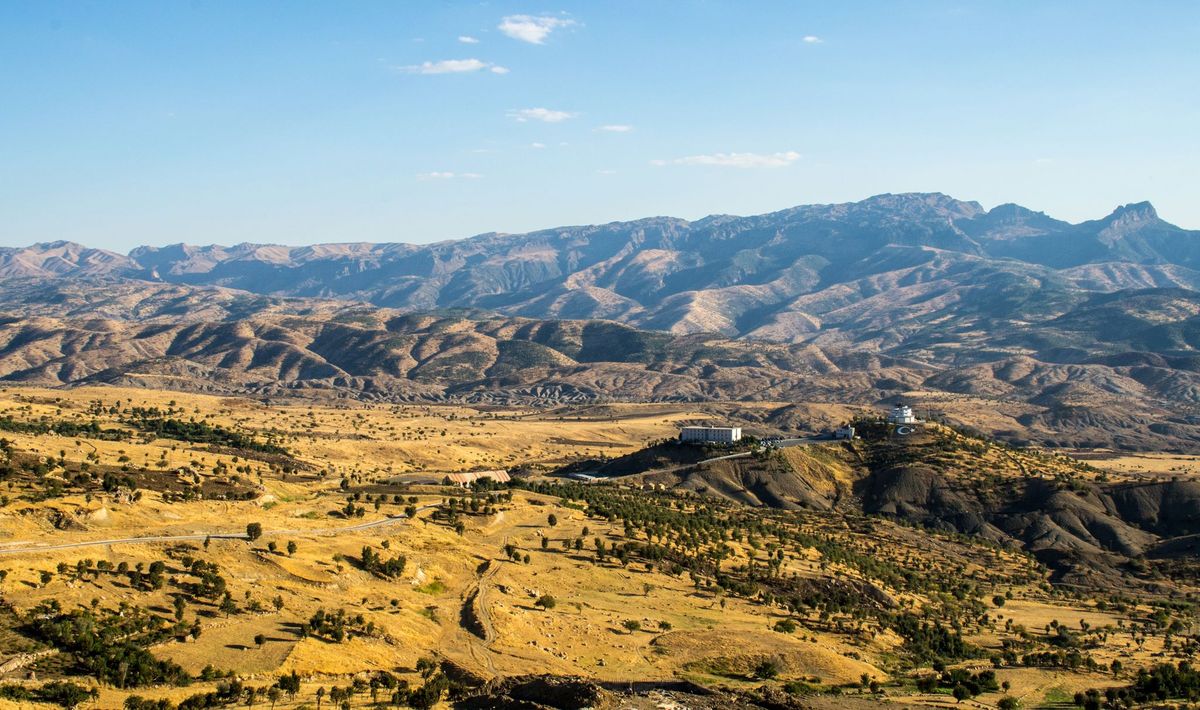About
Among those who believe in the literal truth of the Bible many believe that Noah’s Ark washed to land on Turkey's Mount Ararat, when the flood waters receded on 17th day of the 17th month.
However, there are other literalists who believe that it grounded elsewhere—on Mount Judi, a small mountain at the crossroads of Turkey, Iraq, and Syria, 175 miles southwest of Ararat.
Mount Judi—known as الجوديّ al-Ǧūdiyy in Arabic, קרדו Qardū in Aramaic, Cûdî in Kurdish, ܩܪܕܘ Qardū in Syriac, and Cudi in Turkish—has become known to some as Noah’s “Place of Descent,” or apobaterion. The belief originated in Syriac and Armenian tradition, and still persists today. Located in Şırnak Province in Turkey's Southeastern Anatolia Region, the landscape surrounding the mountain is arid and sparsely populated.
“Judi” in Arabic can also mean “the heights,” which might make the actual site of apobaterion more ambiguous. The mountain is just over 7,000 feet high and near the edge of the Ararat mountain region. One reason that Judi, or Cudi, has become more popular of recent is due to the findings in 1953 of a German geologist named Dr. Friedrich Bender. Bender discovered bits of wood and asphalt on Judi’s summit, at a depth of around one meter. Carbon dating showed the fragments tracing as far back as 6,500 years, leading to a resurgence of theories connected to the ark.
The debate among true believers continues as to where Noah’s Ark—if it did indeed exist—landed. Ararat, Judi, or elsewhere entirely?
Related Tags
Community Contributors
Added By
Published
May 19, 2016



















